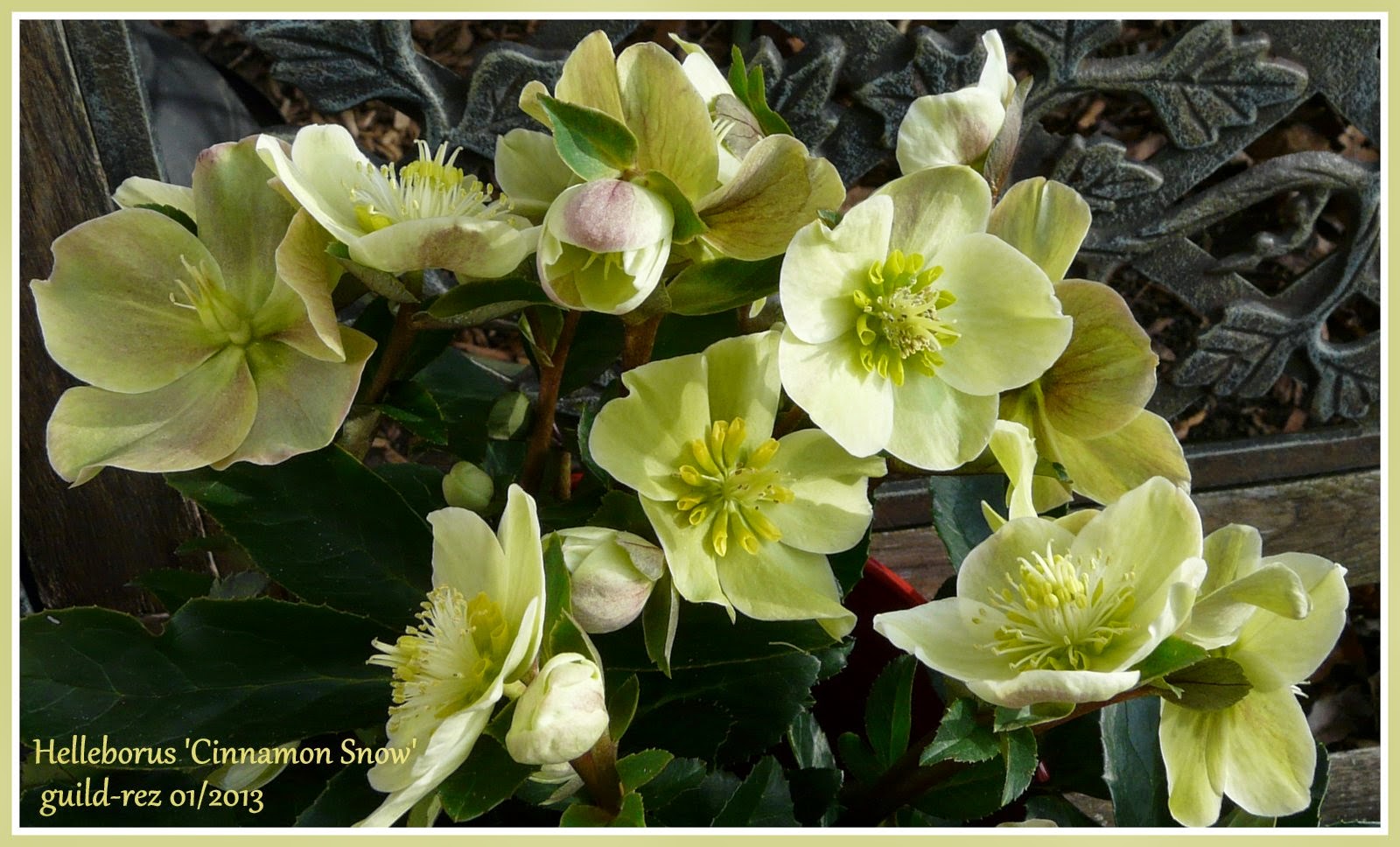I'm very happy to be here with all of you today. We're gonna start out today by talking about an absolutely beautiful substance called Amber. (Yes, I know it's not a real stone, but we'll get to that in a minute.) Isn't it gorgeous?
An incredibly strong protector, cleanser and healer. It has been used for over 7,000 years to stimulate the metabolism, treat skin ailments caused by metabolic imbalances, treat asthma and most allergic respiratory issues. It has also been used to draw disease from the body as well as promoting the revitalization of tissues. It is dedicated to connecting the universal perfection with one’s conscious self. It draws out negativity by cleansing the environment, and relieves physical pain at the same time. It will stimulate the body’s own self healing abilities; and if you are a healer, it shall protect you from absorbing negative energies. For this reason, some say amber is told to bring good luck.
Amber should be cleansed after every health working and recharged in the sun at noon for a few minutes.
Amber has electromagnetic properties as well; if you rub a piece of amber with a soft cloth, it will build up static electricity and lightweight objects will be able to stick to it. Because of its electromagnetic properties, amber has some interesting abilities. It's great for purging the body of impurities, protecting from radioactive waves or energy from electronics, sunlight, and energy that emanates from other people. I find it interesting that the word “electricity” was said to be derived from the Greek word “electron” which means amber.
The fossil originates from places such as Eastern and Mediterranean Europe, Mexico, and parts of South America and has been found in Paleolithic graves. History tells us that it was one of the very first stones or substances to be used for adornment. Specimens of such adornment date back to 8000 B.C. In the Far East, amber was thought to hold the souls of tigers and the power of the Sun. Vikings called amber, “Tears of Freya” and regarded it as a symbol of love and fertility and it is told that in ancient Rome some would carry small Amber baubles to rub together to enhance not just physical power, but sexual prowess as well.
Feng Shui lore states that, when placed in the northeastern area of a home, it can help to promote wisdom and self-improvement. If it's placed in the southwest, it can help fill the home with love and positivity.
Correspondences
Element(s): Fire; Earth
Planet(s): Sun
Deity(s): Apollo; Frejya; The Great Mother
Doesn't Amber just seem to be the most wonderful thing? I'm going to have to convince my human to buy some Amber beads to make me something pretty for my collar.
This is a lovely story I've found about Amber and how the author found their Spirit Guide from it. I hope you all enjoy it as much as I did.
Wolf in Amber
Blessed Be, Witches! Until next time. )0(
~Mopsy



















